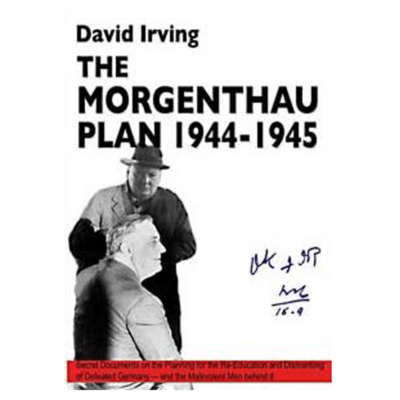Primera publicación: 30 de abril de 1963. A las 22:00 del 13 al 14 de febrero de 1945, el Master Bomber transmitió la críptica orden: «Controlador a la Fuerza Plate-Rack: Adelante y bombardee el resplandor de los TI rojos según lo previsto». El infame ataque de la RAF sobre Dresde había comenzado. La ciudad objetivo era una de las más grandes de Alemania, pero tenía escaso valor militar o industrial. Era un centro de evacuación de militares heridos, y las escuelas, restaurantes y edificios públicos se habían convertido en hospitales.
Las autoridades esperaban que esta ciudad, a menudo comparada con Florencia por su elegante estilo barroco, se salvara. Para 1945, la leyenda de que Dresde nunca sería bombardeada estaba profundamente arraigada. No iba a ser. En febrero de 1945, con los directores políticos y militares de la guerra reunidos en Yalta, Crimea, Winston Churchill necesitaba urgentemente una demostración de su fuerza ofensiva y de su disposición a ayudar a los rusos en su avance hacia el oeste. Dresde, a solo siete millas del frente oriental, se convirtió en víctima del deseo de Churchill de asestar un golpe espectacular y devastador. Resultó que este, el ataque aéreo más devastador de la guerra, no se produjo hasta el final de la conferencia de Yalta.
La ciudad estaba indefensa, incluso la fuerza de cazas nocturnos local de la Luftwaffe estaba en tierra. No había refugios antiaéreos adecuados. Dresde albergaba a cientos de miles de refugiados de Silesia, Prusia Oriental y Alemania Occidental, además de su población de 630.000 habitantes. Hasta cien mil personas, tal vez más, murieron en dos o tres horas, quemadas vivas esa noche. Sin embargo, hasta que apareció la primera edición de este libro en 1963, el ataque apenas figuraba en las historias de guerra de los Aliados. Se había corrido un velo sobre esta tragedia.
Herido por la repulsión extranjera ante esta nueva masacre del día de San Valentín, el primer ministro británico –que la había ordenado– escribió un informe furioso a su jefe de Estado Mayor, incluso antes de que terminara la guerra, en el que decía con voz ronca que «la destrucción de Dresde sigue siendo un serio problema para la conducta de los bombardeos aliados». El subtítulo está tomado de este informe notablemente olvidadizo. Por primera vez se cuenta la historia completa, sin omitir nada, de los antecedentes históricos de este golpe cruel y de sus inesperadas consecuencias políticas.
320 páginas
Edición especial de coleccionista. Con fotografías originales a color, tapa dura.


















Valoraciones
No hay valoraciones aún.